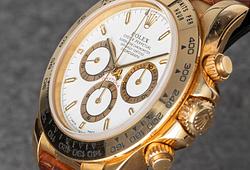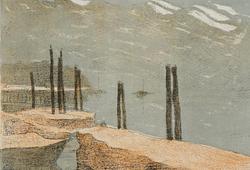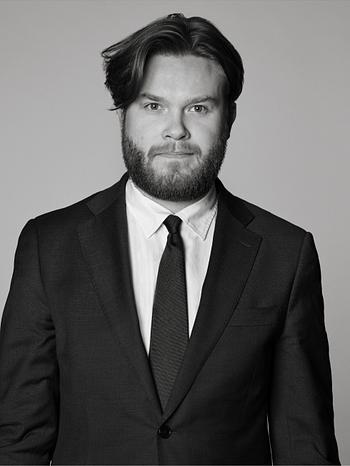Gustaf Fjaestad
Tracks in the deep snow
Signed G Fjaestad and dated 06. Oil on canvas 100 x 110 cm.
Provenance
Private Collection, Luleå.
Thence by descent.
More information
Around 1905–1906, Gustaf Fjæstad was deeply engaged in developing his distinctive artistic style, characterized by atmospheric winter scenes and nature motifs. During this time, his detailed and texturally complex depictions of snow, ice, and frost gained particular attention. Fjæstad sought to capture the stillness and cold beauty of Swedish nature through nuanced variations in color and light. His unique technique and interest in surface patterns and textures made him a central figure in the National Romantic movement.
He developed a method that combined detailed naturalism with decorative elements. Through carefully balanced brushstrokes and subtle transitions of light and shadow, he succeeded in evoking an illusion of both the depth of snow and its fragile surface texture. Fjæstad’s works from the period around 1905–1906 reflect his interest in the diverse expressions of light, from the bright clarity of daylight to the muted tones of dusk and night.
A recurring theme in Fjæstad's paintings was the interaction of snow with evening and nocturnal light. By using subdued color palettes and delicate light transitions, he created evocative landscapes where snow reflected the faint glow of the moon or the last remnants of twilight. This sensitive portrayal of light adds a suggestive and almost mystical dimension to his works. In some paintings, the North Star is visible—a bright and constant point in the Nordic winter sky. As part of the constellation Ursa Minor, the North Star symbolizes stability and direction, and its presence enhances the poetic tranquility of Fjæstad’s winter motifs.
Artist
Gustav Fjaestad was a pupil of Bruno Liljefors and Carl Larsson. He became renound for his depictions of Swedish winter landscapes, often with glistening icecrystals and bubbling water by ice's edge, sometimes lit up by the setting sun, sometimes in scales of grey, white and purple. He also designed templates for woven wallpapers, furniture, and wrought iron. He is represented in major Swedish museums as well as in Vienna and Chicago.
Read more

































































